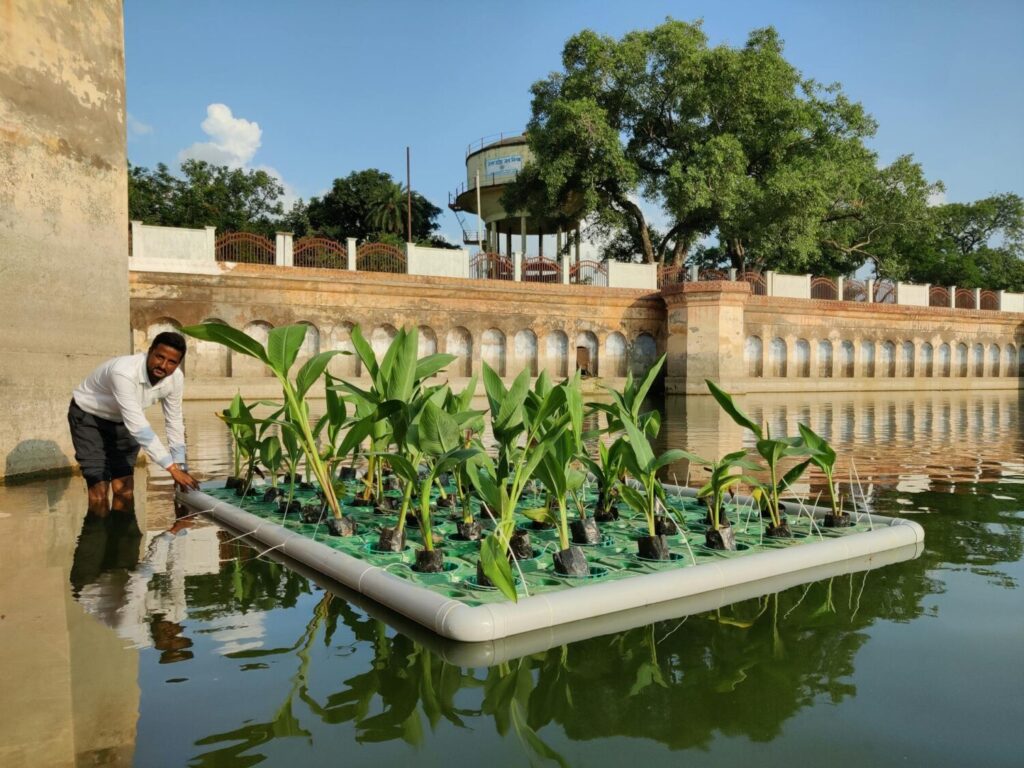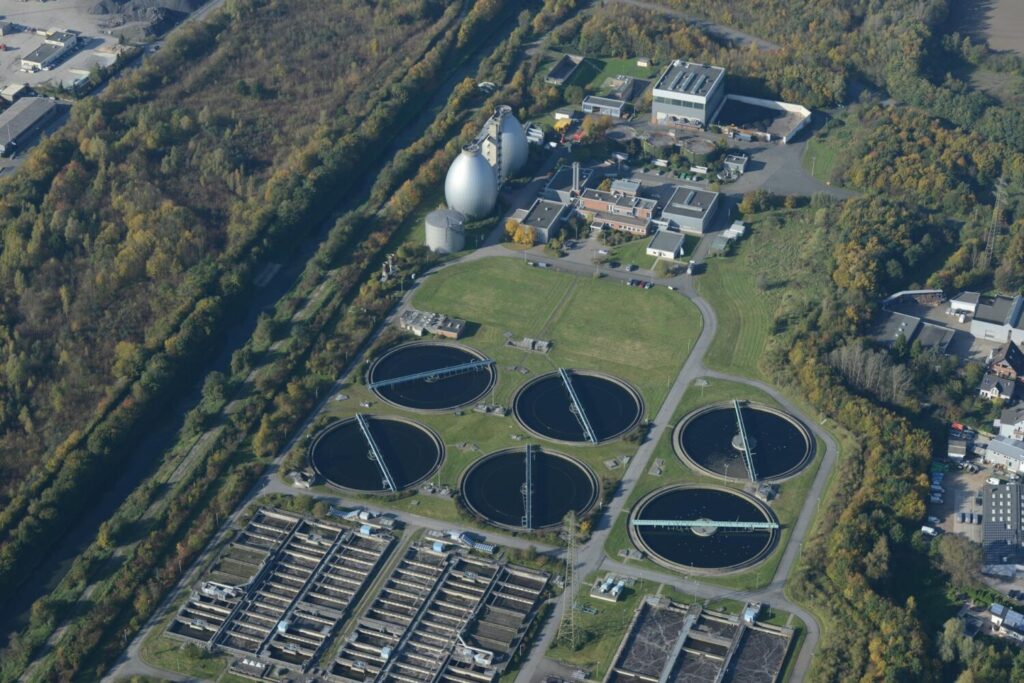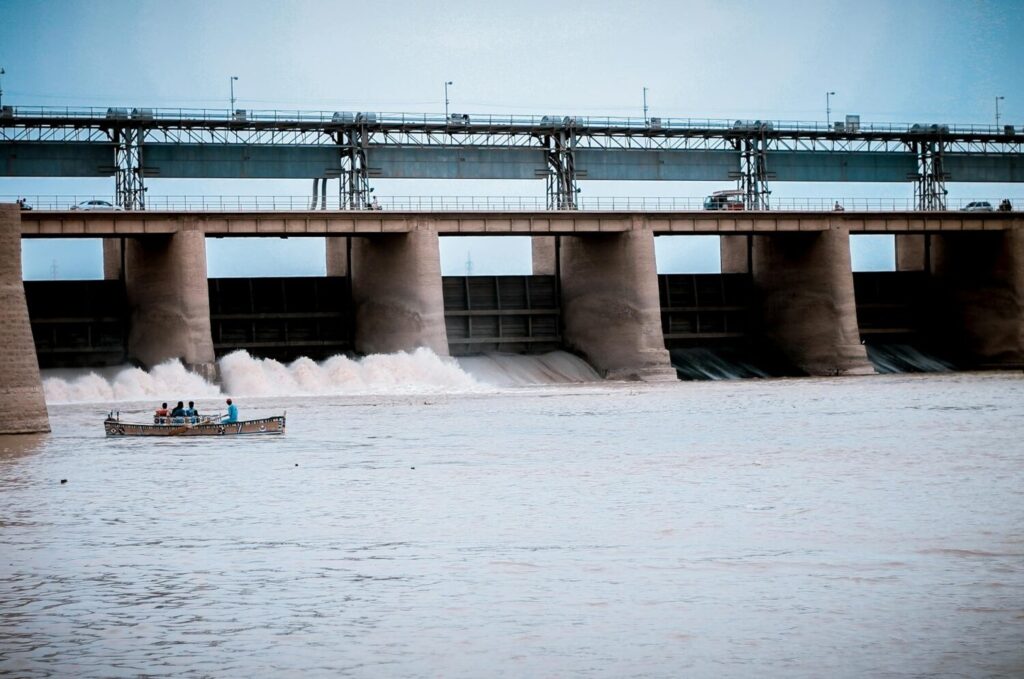Water is the lifeblood of civilizations, yet water management remains a critical challenge for the world’s top cities and countries. From Singapore’s innovative recycling systems to Bengaluru’s looming groundwater depletion, effective global water management is vital for sustainability.
In India, a nation with 18% of the world’s population but only 4% of its water resources, the Bengaluru water crisis and home water supply pollution highlight urgent issues.

This article explores water management strategies in leading regions, India’s water scope, the extent of home water supply pollution, and water pollution health impacts, offering insights for investors and solutions for a sustainable future.
Water Management in Top Cities and Countries
Effective water management varies across global leaders, each addressing unique challenges:
- Singapore: A model for global water management, Singapore recycles 40% of its wastewater into NEWater, meeting 40% of its water demand. Its integrated system includes desalination, rainwater harvesting, and smart metering, ensuring near-zero non-revenue water (NRW) losses.
- Tokyo, Japan: Tokyo’s advanced leak detection and pipe maintenance keep NRW below 3%. IoT-based monitoring optimizes water distribution, supporting 13.9 million residents.
- Copenhagen, Denmark: Copenhagen’s climate-resilient water system uses green infrastructure like rain gardens to manage stormwater, reducing flood risks and enhancing groundwater recharge.
- Bengaluru, India: Once known as the “city of lakes,” Bengaluru faces a severe Bengaluru water crisis. NITI Aayog predicts it will exhaust groundwater by 2030, with 70% of its lakes polluted or encroached. The city relies on Cauvery River water (1,400 MLD) and depleting borewells, exacerbated by poor urban planning and 85% agricultural water use. Recent initiatives include lake rejuvenation and IoT-based smart water meters.
- Cape Town, South Africa: After nearly reaching “Day Zero” in 2018, Cape Town implemented strict conservation measures, reducing per capita water use to 125 liters/day and investing in groundwater recharge.

These cities highlight sustainable water solutions like recycling, IoT technology, and community-driven conservation, offering lessons for India’s water-stressed regions.
Water Scope in India
India’s water scope is both a challenge and an opportunity, with only 4% of global freshwater for 1.4 billion people. Key aspects include:
- Water Stress: NITI Aayog’s 2019 report states 600 million Indians face high to extreme water stress, with per capita availability at 1,100 cubic meters, nearing the scarcity threshold (1,000 cubic meters). By 2030, 21 cities, including Bengaluru, Delhi, and Chennai, may run out of groundwater.
- Agriculture Dominance: Agriculture consumes 85% of India’s freshwater, primarily through groundwater irrigation, leading to over-extraction in states like Punjab and Haryana.
- Urban Challenges: Rapid urbanization and poor infrastructure result in 40% NRW losses in cities like Bengaluru and Mumbai. Only 8% of rainfall is captured due to inadequate rainwater harvesting.
- Policy Initiatives: The Jal Jeevan Mission (JJM) aims to provide tap water to all rural households by 2024, achieving 60% coverage by 2023. The Namami Gange Programme targets Ganga River cleanup, though untreated sewage remains a hurdle.
- Opportunities: The PM-KUSUM water management scheme promotes solar pumps, reducing groundwater dependency. IoT solutions, like smart water meters, and wastewater recycling (e.g., Gujarat’s 161 sewage treatment plants) offer scalable solutions.
India’s water scope demands decentralized, technology-driven approaches to balance supply and demand, making it a prime investment area
Home Water Supply Pollution in India
Home water supply pollution is a critical issue in India, with severe implications:
- Extent of Pollution: 70% of India’s surface water is unfit for consumption, and 19.8% of groundwater samples exceed permissible nitrate levels, with 9.04% showing fluoride and 3.55% arsenic contamination. The Ganges, India’s second-most polluted river, receives 2.9 billion liters of untreated sewage daily.
- Urban Issues: In cities like Bengaluru and Delhi, aging pipelines near sewers cause contamination during non-supply hours. Mumbai’s water supply, despite underground trunk lines, risks sewage inflow, with 40% NRW losses.
- Rural Challenges: Only 18% of rural India’s 833 million people have access to treated water, compared to 41% with mobile phones. Contaminants like arsenic (West Bengal, Bihar) and fluoride (Rajasthan, Karnataka) affect groundwater.
- Sources: Untreated sewage (38,354 MLD generated vs. 11,786 MLD treated), industrial effluents (e.g., heavy metals, pesticides like DDT), and agricultural runoff (nitrates, fertilizers) drive pollution.
This widespread home water supply pollution underscores the need for robust treatment and monitoring systems.
Impact on Health
Water pollution health impacts in India are profound, affecting millions:
- Waterborne Diseases: Contaminated water causes 38 million cases of diseases like cholera, typhoid, and hepatitis annually, with 400,000 deaths, primarily children under five.
- Chemical Contamination: Arsenic and fluoride in groundwater lead to fluorosis, cancer, and skin lesions. Nitrate pollution causes “blue baby syndrome” in infants.
- Economic Burden: Water pollution costs India INR 470–610 billion ($6.7–8.7 billion) yearly in healthcare, reducing GDP growth by up to 50% in polluted regions.
- Social Impact: Women and girls spend hours fetching water, impacting education and economic opportunities. Migration from polluted rural areas to cities strains urban infrastructure.
These health impacts highlight the urgency of sustainable water solutions to protect public health and economic stability.

YTC Ventures’ Take: Investment Opportunities
YTC Ventures sees significant potential in India’s water scope. The solar pump market, bolstered by PM-KUSUM water management, offers scalable solutions like Shakti Pumps’ solar-powered systems, reducing groundwater strain.
IoT-based smart water meters and wastewater recycling plants (e.g., VA Tech Wabag’s 18 million cubic meters/day contribution) are high-growth areas. A $1 lakh investment in water tech firms could yield 15–20% CAGR over 10 years, driven by industry growth potential in renewable energy water solutions. However, risks include policy shifts and infrastructure gaps. Long-term investments in water management align with India’s sustainability goals, while short-term plays may face volatility due to monsoon dependency.
Conclusion
Global water management leaders like Singapore and Tokyo offer blueprints for India, where Bengaluru’s crisis reflects broader water scarcity India challenges. With 70% of surface water polluted and health impacts costing billions, India’s water scope demands innovation. Investors can leverage renewable energy water solutions and IoT technologies for sustainable returns.
YTC Ventures recommends a diversified portfolio with 5–10% allocated to water tech, balancing risks with industry growth potential. Consult a SEBI-registered advisor to navigate this dynamic sector.
Disclaimer: Investments in securities carry market risks. Past performance does not guarantee future results. YTC Ventures recommends reading all scheme-related documents and consulting a SEBI-registered advisor before investing.

Comments